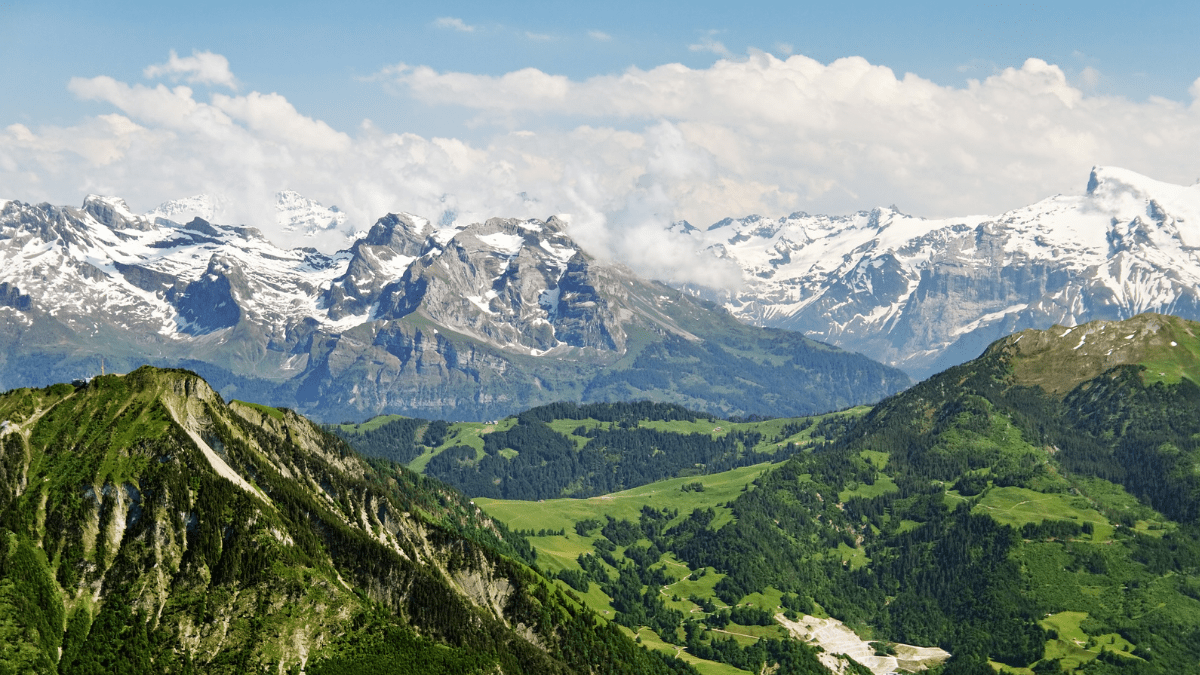The massive collapse of the Birch Glacier in Switzerland’s Lötschental Valley buried the alpine village of Blatten under tonnes of ice and debris. The incident, which occurred on 28 May 2025, prompted immediate evacuation orders for surrounding areas as authorities feared further flooding. Emergency crews remain on high alert as nearby communities continue to face danger from blocked river flows and melting glacial water.
Birch Glacier Collapse Destroys Swiss Village
The Birch Glacier, located above the village of Blatten in the canton of Valais, gave way in the early afternoon. As reported by The New York Times, the glacier released an estimated 3.5 million cubic metres of ice, snow, and rock. This sudden landslide engulfed nearly 90 per cent of the village.
Although residents had been evacuated a week earlier due to early signs of instability, one person remains missing. According to Swiss authorities, the individual may have returned to check on their property before the collapse occurred.
Also Read: You Can Now Rent A Cow At The Gstaad Palace In The Alps
Local officials had observed deepening cracks in the glacier and increasing movement in the days leading up to the disaster. That allowed emergency responders to act in advance and clear most people from the area.
Flood Risks Loom Over Nearby Villages
I’m surprised what’s happened in Switzerland isn’t a bigger story.
An entire town wiped off the map by a glacier collapsing, likely as a direct result of our warming climate.
This is like something out of a disaster movie.pic.twitter.com/dhN84pVCBZ
— Met4Cast. (@Met4CastUK) May 29, 2025
The collapse also disrupted the flow of the Lonza River. According to The Economic Times, authorities fear the landslide debris may create a natural dam, increasing the risk of sudden flooding downstream. Two more villages in the Lötschental Valley now face potential evacuation if water levels rise rapidly.
A user on X shared a post showing the floods that have affected the nearby villages. Rescue teams and geologists are monitoring water pressure in the river basin. Emergency services are also assessing the structural integrity of the temporary dam formed by the glacier debris. Heavy rainfall or rapid ice melt could cause a breach, threatening nearby communities.
Climate Change Accelerates Glacier Melt
The collapse highlights the growing impact of climate change on the Swiss Alps. As reported by The New York Times, Switzerland has lost nearly 10 per cent of its glacier volume in just the last two years. Warmer temperatures, reduced snowfall, and increased glacial runoff have destabilised mountain ecosystems across the region.
Also Read: Did You Know The Australian Alps Get More Snow Than The Swiss Alps? Here’s Why
Experts stress that such collapses may become more frequent as global warming continues to affect alpine environments. Switzerland’s Federal Office for the Environment has already intensified monitoring efforts in other glacier-prone areas.
Emergency Response And Continued Vigilance
Local and federal agencies are working closely to mitigate further risks. Helicopters, drones, and ground teams are currently surveying the area for signs of additional movement. Officials have also issued alerts to nearby villages and warned residents to remain prepared for sudden evacuation.
The Birch Glacier collapse serves as a stark reminder of nature’s power and the urgency of climate resilience planning in mountainous regions.
Cover Image Courtesy: Canva Pro/rusm





